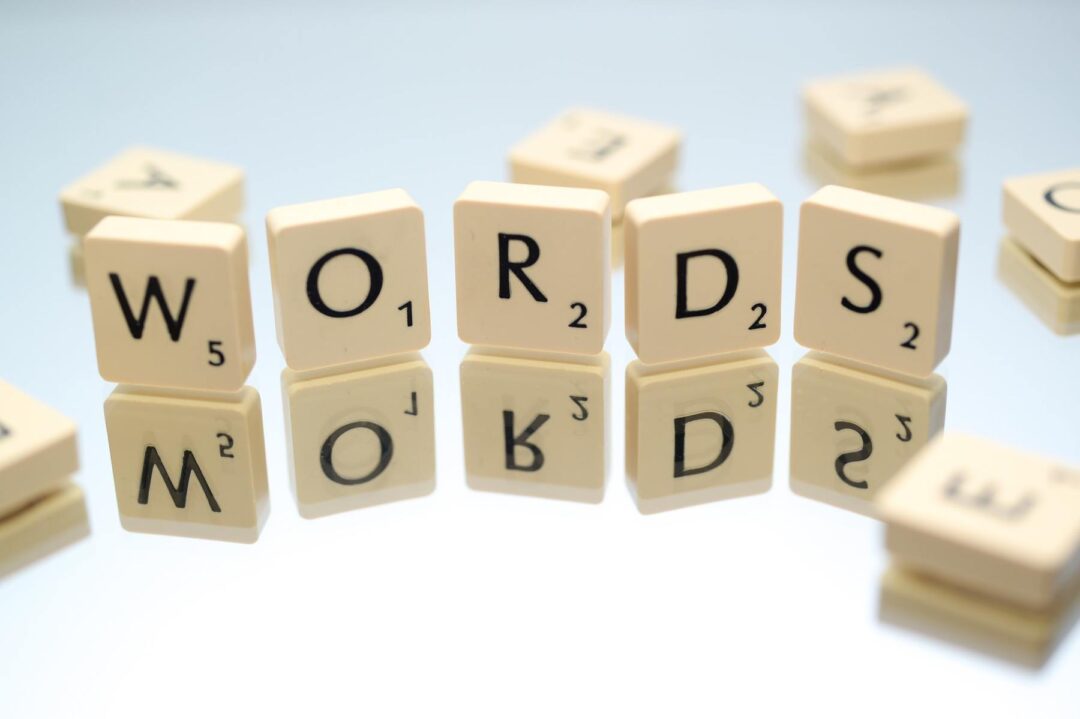Pose-Pause-Pounce-Bounce: a deep-thinking questioning technique

A simple technique designed to maximise the impact of questioning.
What does it mean?
Dylan Wiliam, a leading expert in formative assessment, criticises the typical questioning model, Initiation-Response-Evaluation, where a teacher asks a question, gets an answer and then responds themselves.
Pose-Pause-Pounce-Bounce is a questioning sequence which is much more suited to elicit deep thinking. The teacher poses a question; pauses to allow suitable thinking time; pounces on one student for an initial answer; and bounces the answer to another student who builds on the response.
If I-R-E is ‘table tennis’, think of P-P-P-B as ‘basketball questioning’. This will improve participation, engagement and understanding.
What are the implications for teachers?
This strategy is simple, but there are a few important elements to be aware of:
- Ensure that you pause for long enough to allow sufficient thinking time. This will improve students’ answers and confidence
- Use the bounce stage to formatively assess progress and encourage students to build on each other’s points
- Try preparing both the pounce and the bounce stages of questioning. Anticipate the response you’ll get and think about how you could use this to challenge another student.
Use this strategy regularly as part of your classroom routine so students know to expect it and are prepared to answer. Consider combining this with Think-Pair-Share and other questioning strategies.
Top tips
When deploying Pose-Pause-Pounce-Bounce, Wiliam suggests enforcing a ‘no-hands-up’ rule (except to ask questions).
Want to know more?
- Wiliam, D. (2009) Content then Process.
- Quigley, A. (2012) Questioning – Top Ten Strategies.
- Morrison McGill, R. (2011) Pose, Pause, Pounce, Bounce.
This article was published in October 2018 and reflects the terminology and understanding of research and evidence in use at the time. Some terms and conclusions may no longer align with current standards. We encourage readers to approach the content with an understanding of this context.










